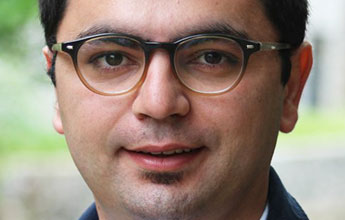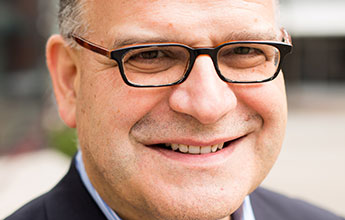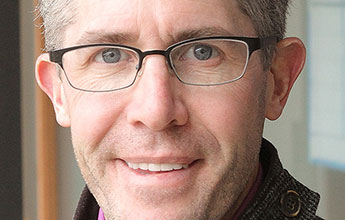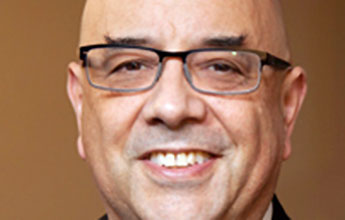
Mohammad Ahmadpoor
Examining data from 4.8 million U.S. patents and 32 million research articles to illuminate the relationship between patents and citation linkages. Abstract
From Picasso's creative process to electronic wearable technology
Showcasing a broad spectrum of cutting-edge research and scientific advances, 10 Northwestern University faculty members presented their work at the 2018 meeting of the American Association for the Advancement of Science (AAAS) Feb. 15-19 in Austin, Texas.
The diverse body of research ranges from breakthrough inventions in the field of soft electronic wearables for the human body to technology-enabled insights into the composition of Picasso paintings and sculptures. The presentations examine the intersection between art and science, research and discovery, and in many cases, challenge conventional wisdom.
Presentations shed light on nanotechnology, the relationship between music and the brain, the tradeoffs of high-yield crops in west Africa, why “SuperAgers” maintain strong cognitive abilities much longer than their peers and the potential benefits when universities collaborate with the U.S. Department of Defense.
An international partnership between Northwestern, the Art Institute of Chicago, the Art Gallery of Ontario and the National Gallery of Art has used multiple modes of light to uncover details hidden beneath the visible surface of Pablo Picasso’s painting "The Crouching Woman," a major work from the artist’s Blue Period. Read more >
Related story: Unprecedented study of Picasso's bronzes uncovers new details
A groundbreaking new wearable for the throat could be a game changer in stroke rehabilitation. Developed in the lab of engineering professor John Rogers, in partnership with Shirley Ryan AbilityLab, the sensor is the latest in Rogers’ growing portfolio of stretchable electronics. Read more >

Examining data from 4.8 million U.S. patents and 32 million research articles to illuminate the relationship between patents and citation linkages. Abstract

A look at new technologies used to visualize the hidden works beneath some of Picasso’s Blue Period paintings. Abstract

His analysis of whole protein molecules leads to the examination of protein sequences, mutations and modifications in unprecedented detail. Abstract

Her presentation on music for brain health looks at how music strengthens sound processing, while concussions disrupt this delicate brain circuitry. Abstract

She will discuss the tradeoffs of adopting high-yield crops in Ghana. Her study shows yield is a short-term benefit with unintended costs. Abstract

He will examine how collaborations between universities and the U.S. Department of Defense can help science address society’s greatest challenges. Abstract

Using examples from Galileo and Picasso, he will show how artistic creativity reveals processes that hold valuable lessons in science and technology. Abstract

Her research on “SuperAgers” sheds light on individuals seemingly resistant to the deleterious memory changes of typical cognitive aging. Abstract

Showcasing new silicon-based electronic wearables his lab developed to aid stroke patients in their rehab. Abstract

Walton, Casadio and colleagues can visualize hidden works beneath some of Picasso’s paintings and analyze bronze compositions. Abstract
Published: February 14, 2018. Updated: March 09, 2018.
Back to top